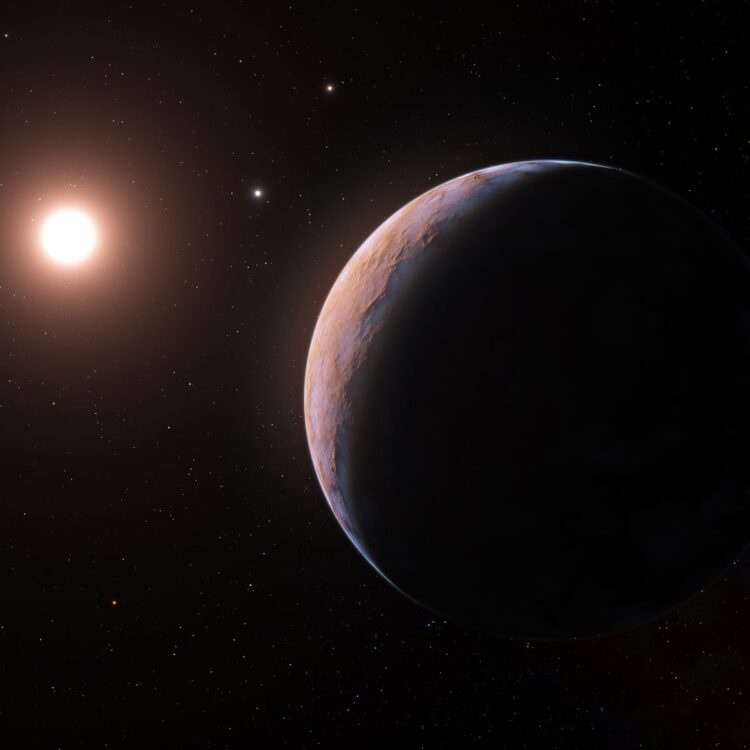By Jay Tavares-
Scientists have discovered a new planet in our closest neighbouring planetary system where a year only lasts five Earth days.
The new alien world, named Proxima d, is the third found in the system. It is also one of the lightest exoplanets ever found, with just a quarter of the mass of the Earth.
The planet orbits around Proxima Centauri, the closest star to our own Sun. It is a relatively short four light-years away.
Proxima d is the third planet to have been discovered in the neighbouring system and is currently one of the lightest exoplanets ever discovered, with a mass that of just a quarter of the Earth.
It is located just four light-years away and orbits around Proxima Centauri, the closest star to our own Sun, which also hosts exoplanets Proxima b and Proxima c.
The citizens, who use Nasa telescope data to discover other worlds, collaborated with professional astronomers in a “global uniting effort”. While professional astronomers use algorithms to scan the data, citizen scientists inspect it by eye using a program called “With this new discovery, we are … pushing the limits of the kinds of planets we can extract from TESS [Nasa’s Transiting Exoplanet Survey Satellite] observations,” Diana Dragomir, assistant professor at the University of New Mexico, said. “TESS was not specifically designed to find such long-orbit exoplanets, but our team, with the help of citizen scientists, are digging out these rare gems nonetheless.”
While Proxima b has a temperature suitable for liquid water and a rocky surface, potentially making it habitable, Proxima d orbits between Proxima Centauri and the habitable area, making it too close to have liquid water and close enough to its star that a year on the planet equates to only five days on Earth.
João Faria, a researcher at the Instituto de Astrofísica e Ciências do Espaço, Portugal, has suggested Proxima d may not be the last planet discovered by scientists in the neighbouring system.
“With this new discovery, we are … pushing the limits of the kinds of planets we can extract from TESS [Nasa’s Transiting Exoplanet Survey Satellite] observations,” Diana Dragomir, assistant professor at the University of New Mexico, said. “TESS was not specifically designed to find such long-orbit exoplanets, but our team, with the help of citizen scientists, are digging out these rare gems nonetheless.”
The manual effort of citizen scientists is, in some instances, superior to the work of algorithms in detecting new planets.
“It’s actually hard to write code that can go through a million light curves and identify single transit events reliably,” the University of California, Riverside’s Paul Dalba said. A single transit event is when the planet passes in front of the star from our point of view, whereas computer algorithms used search for planets by identifying multiple transit events from a single star.




